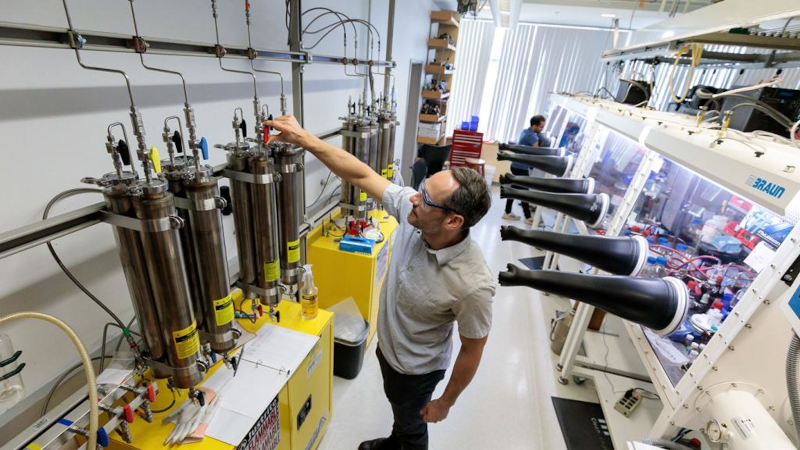
The University of Chicago has announced they have created a material that behaves like plastic but conducts like metal. They also say they don’t fully understand why it works yet. Usually, good conductors like metals have very orderly atomic structures, something that plastics tend not to have.
The material is based on nickel, carbon, and sulfur. The resulting material was conductive and stable. However, the atomic structure isn’t orderly like a traditional conductor.
Described as “conductive Play-Doh,” the researchers report you can deform the material without changing its ability to conduct. Of course, what we want to know is if we could extrude it from a 3D printer and — almost as important — is there a way to make it not malleable like Play-Doh?
The team expects they can use different linkers and nodes in the polymer chain to alter the material properties, but we don’t know where the end of the research will lead. However, it is clear that there is more than one way to organize conductors at the atomic level. Understanding that process could lead to a new class of materials, better superconductivity, and much more.
While we have seen conductive plastic before, it is usually a polymer impregnated with some conductive material. Or, you can electroplate it, but that’s easy to understand and harder to actually do well.
Conducting Plastic Can Replace Metal
Source: Manila Flash Report
0 Comments